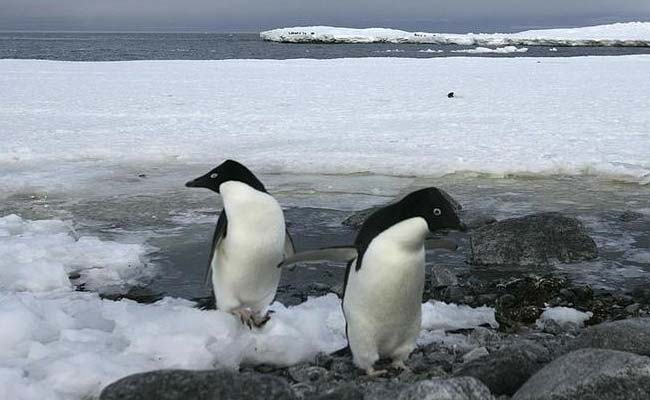
Previous outbreaks have shown that penguins are highly vulnerable to the disease
One king penguin is suspected to have died from bird flu on South Georgia island in the Antarctic region, Guardian reported. If confirmed, it will be the first of the species killed by the highly contagious H5N1 virus in the wild.
Researchers have expressed concerns about the potentially devastating impact of the disease on remote penguin populations highlighting that the current breeding season could allow the virus to spread rapidly and cause ”one of the largest ecological disasters of modern times.”
The Antarctic was the only major geographical region in which high pathogenicity avian influenza virus had never previously been detected. Birds such as penguins that have never before been exposed to the virus would have no prior immunity, potentially making them more vulnerable.
King penguins, the second-largest penguin species in the world, at about 3 feet tall, can live for more than 20 years in the wild. Apart from the king penguin, a gentoo penguin also died from H5N1 at the same location. Another gentoo penguin has been confirmed to have died from H5N1 on the Falkland Islands, 900 miles (1,500km) west of South Georgia
Previous outbreaks in South Africa, Chile, and Argentina have shown that penguins are highly vulnerable to the disease, as over 500,000 seabirds in South America, including penguins, pelicans, and boobies have died from it.
Ed Hutchinson, a molecular virologist at the MRC-University of Glasgow Centre for Virus Research, said: ”The arrival of this H5N1 virus in the Antarctic towards the end of last year rang alarm bells because of the risk it posed to wildlife in this fragile ecosystem. And while it is very sad to hear reports of penguins dying … it is unfortunately not at all surprising.”
Diana Bell, emeritus professor of conservation biology at the University of East Anglia, also voiced similar fears. She said, ”I’m just devastated, really – as will everybody who cares about penguins and the Antarctic … Given their colonial social organisation, you’d just wonder how quickly it would go through the colonies.”
The threat of avian flu adds to the existing pressures faced by pristine polar ecosystems. A study from 2018 predicted that king penguins in Antarctica could face extinction by the end of this century.
A few weeks back, a polar bear also died from H5N1, marking the first recorded case of this species. The bear was discovered in Utqiagvik, an area that’s been hit hard by the current global outbreak. Polar bears are categorized as “vulnerable” on the International Union for Conservation of Nature (IUCN) red list of endangered species, primarily as a result of the diminishing sea ice.
The virus also poses a threat to humans, particularly those in contact with poultry.




